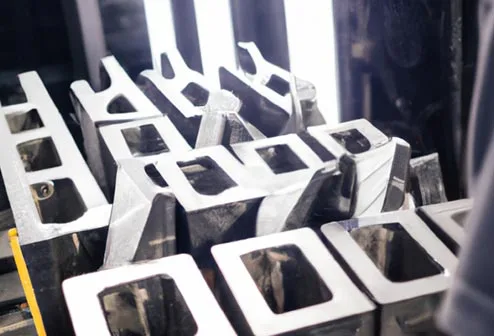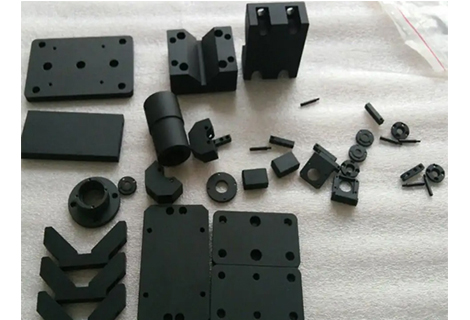Machining accuracy is the actual size, shape, position of the surface of the machined part three kinds of geometric parameters and drawings required by the ideal degree of compliance with the geometric parameters.
Ideal geometric parameters, in terms of size, is the average size; in terms of surface geometry, is the absolute circle, cylinder, plane, taper and straight line, etc.; in terms of the mutual position between the surface is the absolute parallel, perpendicular, coaxial, symmetrical, etc.. The actual geometric parameters of the part and the ideal geometric parameters of the deviation value is called machining error.
Machining accuracy is mainly used in the production of products to the extent that the machining accuracy and machining error are evaluated in terms of the geometric parameters of the machined surface. Machining accuracy is measured by the tolerance level, the smaller the level value, the higher the accuracy; machining error is expressed in numerical terms, the larger the value, the larger the error. High machining accuracy means small machining error, and vice versa.
There are 20 tolerance levels from IT01, IT0, IT1, IT2, IT3 to IT18, of which IT01 means that the part has the highest machining accuracy, IT18 means that the part has the lowest machining accuracy, and generally IT7 and IT8 are the medium level of machining accuracy.
The actual parameters obtained by any processing method will not be absolutely accurate, from the function of the part, as long as the machining error in the tolerance range of the requirements of the part drawing, it is considered to ensure the machining accuracy.
The quality of the machine depends on the machining quality of the parts and the assembly quality of the machine. The machining quality of the parts contains two major parts: the machining accuracy of the parts and the surface quality.
Machining accuracy refers to the degree to which the actual geometric parameters (size, shape and position) of a machined part conform to the ideal geometric parameters. The difference between them is called machining error. The size of the machining error reflects the level of machining accuracy. The larger the error the lower the machining accuracy, the smaller the error the higher the machining accuracy.
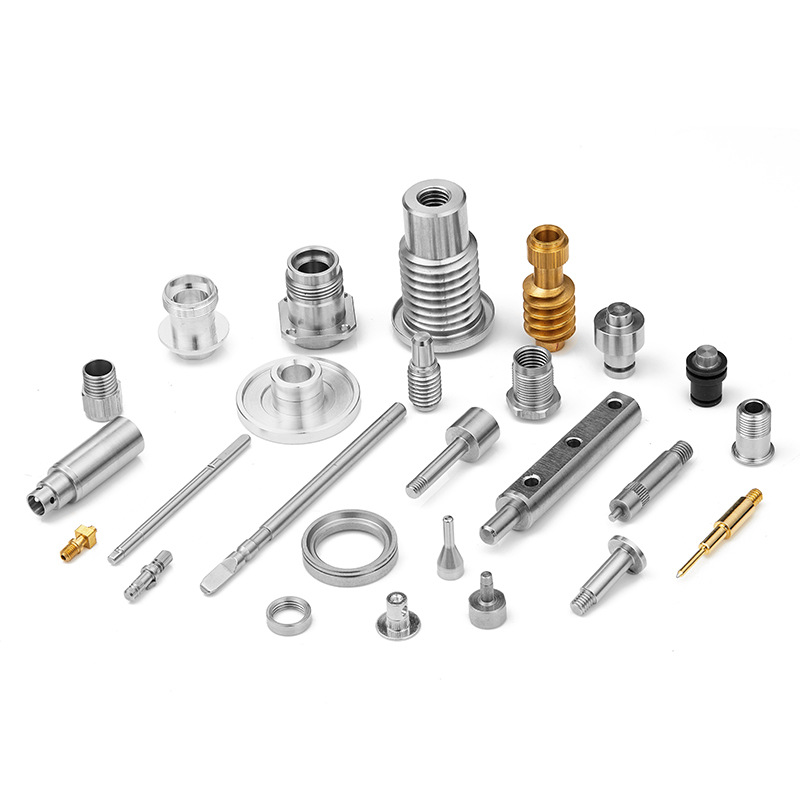
Refers to the actual size of the processed parts and the center of the tolerance band of the size of the parts in accordance with the degree of conformity.
Refers to the actual geometric shape of the surface of the machined part and the degree of conformity of the ideal geometric shape.
Refers to the actual difference in positional accuracy between the relevant surfaces of the machined part.
Usually in the design of machine parts and the provisions of parts processing accuracy, should pay attention to the shape error control in the position tolerance, position error should be less than the size tolerance. That is, precision parts or parts of the important surface, the shape accuracy requirements should be higher than the position accuracy requirements, position accuracy requirements should be higher than the size accuracy requirements.
Machining principle error refers to the use of approximate blade contour or approximate transmission relationship for processing and the resulting error. Machining principle error occurs in threads, gears, complex surface processing. In the processing, the general use of approximate processing, in the theoretical error can meet the requirements of machining accuracy under the premise, to improve productivity and economy.
The adjustment error of the machine tool refers to the error due to inaccurate adjustment.
Machine tool error refers to the machine tool manufacturing error, installation error and wear. Mainly includes machine tool guide error, machine tool spindle rotation error, machine tool transmission chain transmission error.
Single bulk sample parts can be adjusted through the test cut method, but this method of low productivity. Adjustment method by pre-adjusting the machine tool, fixture, workpiece and tool relative position to obtain the required size, high efficiency, suitable for mass production.
Mainly by improving the manufacturing accuracy of spindle components and the rolling bearings appropriate preload to achieve.
Less transmission parts, short transmission chain, transmission accuracy is high; the use of reduced speed transmission, is an important principle to ensure transmission accuracy, and the closer to the end of the transmission vice, the smaller the transmission ratio should be.
In addition, you can also reduce tool wear, reduce the force deformation of the process system, reduce the thermal deformation of the process system, reduce residual stress and other measures to improve the accuracy of parts processing.
Turning machining accuracy is generally IT8-IT7, surface roughness of 1.6-0.8μm.
Rough turning machining accuracy can only be up to IT11, surface roughness of Rα20-10μm; semi-fine turning and precision turning machining accuracy of up to IT10-IT7, surface roughness of Rα10-0.16μm; high-precision lathe can make the machining accuracy to IT7 -IT5, surface roughness of Rα0.04-0.01μm, this turning is called "mirror turning".
The machining accuracy of milling is generally up to IT8-IT7, and the surface roughness is 6.3-1.6μm.
Rough milling machining accuracy IT11-IT13, surface roughness 5-20μm; semi-fine milling machining accuracy IT8-IT11, surface roughness 2.5-10μm; precision milling machining accuracy IT16 -IT8, surface roughness 0.63-5μm.
The machining accuracy of planing is generally up to IT9-IT7, and the surface roughness is Ra6.3-1.6μm.
Rough planing machining accuracy can be up to IT12-IT11, surface roughness of 25-12.5μm; semi-fine planing machining accuracy can be up to IT10-IT9, surface roughness of 6.2-3.2μm; fine planing machining accuracy can be up to IT8-IT7, surface roughness of 6.2-3.2μm. The machining accuracy of semi-finish planing can reach IT10-IT9 with surface roughness of 6.2-3.2μm; the machining accuracy of finish planing can reach IT8-IT7 with surface roughness of 3.2-1.6μm.
Grinding is usually used for semi-finishing and finishing, the accuracy can be up to IT8-IT5 or even higher, and the surface roughness is generally 1.25-0.16μm.
The surface roughness of precision grinding is 0.16-0.04μm; the surface roughness of ultra-precision grinding is 0.04-0.01μm; the surface roughness of mirror grinding can be up to 0.01μm or less.
The machining accuracy of drilling is low, generally only up to IT10, the surface roughness is generally 12.5-6.3μm, after drilling is often used to reaming and reaming for semi-finishing and finishing.
Precision boring processing accuracy can reach IT7-IT6, surface roughness of 0.63-0.08μm; the boring accuracy of steel materials can generally reach IT9-IT7, surface roughness of 2.5-0.16μm.
Machining accuracy plays a vital role in the manufacture of mechanical parts. It directly affects the performance, quality and reliability of the product. To achieve high-precision machining requirements, it is necessary to comprehensively consider the accuracy requirements in three aspects: size, shape and position, and continuously optimize the machining process to reduce the machining error.
Richconn is a precision machining company who can provide precision CNC machining services to minimize the accuracy to meet the high requirements of different industries for part precision. Not only do they focus on the machining accuracy itself, but they also work to minimize the size of machining errors so that they can provide their customers with the highest quality parts.
In today's competitive market, high machining accuracy is one of the necessary conditions to achieve superior product performance. The machining accuracy of a part can be continually improved through a variety of efforts including careful process control, machine tool adjustments, and the reduction of machine tool and transmission errors. In addition, there are also differences in machining accuracy between different machining methods, turning, milling, planing, grinding, drilling and boring have their own characteristics and areas of application.
Machining accuracy is one of the core aspects of machine part manufacturing and is critical to achieving a high quality product, and Richconn will continue to strive to provide exceptional precision machining services to ensure that our customers' needs are met. No matter what type of machining accuracy you require for your parts, Richconn can provide you with a specialized solution.
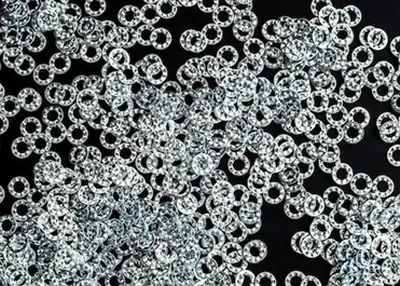 Cast Iron vs Steel: Which One to Choose for Your CNC Project?January 15, 2024Cast iron vs steel is one of the many comparisons common among manufacturers. What are the differences between them? Read on and you can get the answer.view
Cast Iron vs Steel: Which One to Choose for Your CNC Project?January 15, 2024Cast iron vs steel is one of the many comparisons common among manufacturers. What are the differences between them? Read on and you can get the answer.view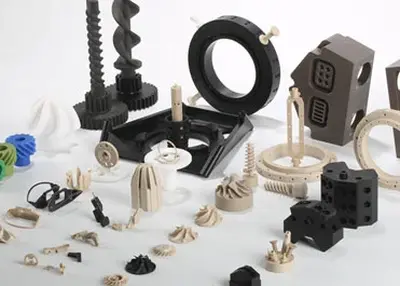 How Much Does Injection Molding Cost?August 9, 2023Injection molding is a widely used manufacturing process for the production of components and products. As with any manufacturing process, it is crucial to understand the cost factors involved in inje...view
How Much Does Injection Molding Cost?August 9, 2023Injection molding is a widely used manufacturing process for the production of components and products. As with any manufacturing process, it is crucial to understand the cost factors involved in inje...view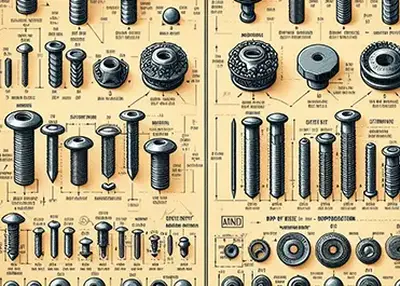 Pop Rivets vs. Blind Rivets: A Comparison of Two Common FastenersNovember 28, 2023Fasteners are devices that are used to join or hold two or more materials or parts together. There are many types and categories of fasteners, such as screws, bolts, nuts, washers, nails, pins, etc.view
Pop Rivets vs. Blind Rivets: A Comparison of Two Common FastenersNovember 28, 2023Fasteners are devices that are used to join or hold two or more materials or parts together. There are many types and categories of fasteners, such as screws, bolts, nuts, washers, nails, pins, etc.view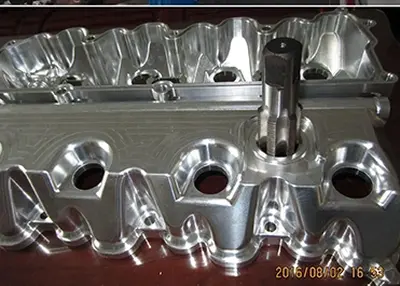 What Is the Difference Between Calcined Alumina and Aluminum Oxide?October 27, 2023In the refractory industry, calcined alumina and activated alumina are buzzwords, because they have become important synthetic raw materials for refractories, especially in some high-performance amorphous refractories. However, the difference between the two and whether the term is appropriate, there is ambiguity.view
What Is the Difference Between Calcined Alumina and Aluminum Oxide?October 27, 2023In the refractory industry, calcined alumina and activated alumina are buzzwords, because they have become important synthetic raw materials for refractories, especially in some high-performance amorphous refractories. However, the difference between the two and whether the term is appropriate, there is ambiguity.view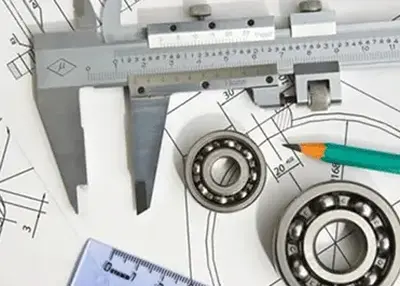 Fundamentals and Techniques of Engineering DrawingsDecember 1, 2023Engineering drawings are a graphical language used to express engineering design ideas and details, and they are an important tool for engineers for design, manufacturing and maintenance. Engineering drawings follow a number of international or national standards and specifications to ensure the accuracy, consistency and readability of engineering drawings.view
Fundamentals and Techniques of Engineering DrawingsDecember 1, 2023Engineering drawings are a graphical language used to express engineering design ideas and details, and they are an important tool for engineers for design, manufacturing and maintenance. Engineering drawings follow a number of international or national standards and specifications to ensure the accuracy, consistency and readability of engineering drawings.view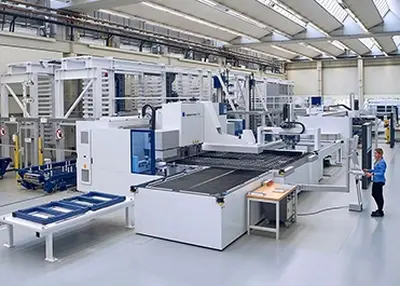 Flexible CNC Lead Times - Save Money with Longer Lead TimesOctober 12, 2023From now on, you have the flexibility to choose your CNC delivery times and thus determine your own delivery dates and costs for your CNC parts. As part of the Flexible Manufacturing option, our lead times of 6 to 12 days offer you a lower price - and you'll still receive your parts faster than most other suppliers.view
Flexible CNC Lead Times - Save Money with Longer Lead TimesOctober 12, 2023From now on, you have the flexibility to choose your CNC delivery times and thus determine your own delivery dates and costs for your CNC parts. As part of the Flexible Manufacturing option, our lead times of 6 to 12 days offer you a lower price - and you'll still receive your parts faster than most other suppliers.view
 EN
EN
 ru
ru 
